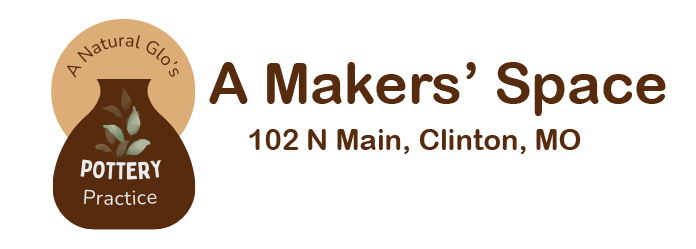PYOP…aka…Paint Your Own Pottery
This is a great place to start if you are new to ceramics.



If you are in need of some inspiration, try scrolling here…https://www.maycocolors.com/projects/

If you have never done PYOP before, some of the vocabulary may be a little confusing.
Yes, it is often referred to as Paint Your Own Pottery…but did you know that you can paint with paint…or paint with glaze? What!?! So what’s the difference? And which one should I choose??
If you are wanting a functional piece of pottery…something that you can eat off of or drink out of…then you will want to glaze that piece. That means that you will ‘paint’ it with glaze and then it will need to be fired.
Figurines and decorative pieces can also be glazed (and fired), but they also have the option of being painted (with paint). If you look around, the majority of ceramics in your world are glazed. The advantages to glazing is that it is more durable. Glazed pieces can handle dishwashers, microwaves, being out in the weather, etc. However, I don’t recommend dropping them.
So why would anyone want to paint ceramics??
~One of the advantages of using paint is that you can take it home that same day. So if you want some last minute holiday decorations, you might consider paint.
~Another advantage is that you have more control over the final result. Paint colors are pretty straight forward. The colors you put on there are the colors you are going to have.
Glaze on the other hand is a little more unpredictable. Glazes are dull/chalky and often don’t look at all like their final fired state. So they require a little more imagination to visualize the end result. The glazes are made from silicas and oxides which also tend to have a mind of their own and can be influenced by slight variance in firing temperatures and can also interact with neighboring firing buddies.
I personally like the element of chance that glazing adds. Some of my favorite pieces were created by 2 year olds. They love color and they don’t overthink things. I dip the pieces in clear glaze before firing so any blank spaces become a shiny white.
